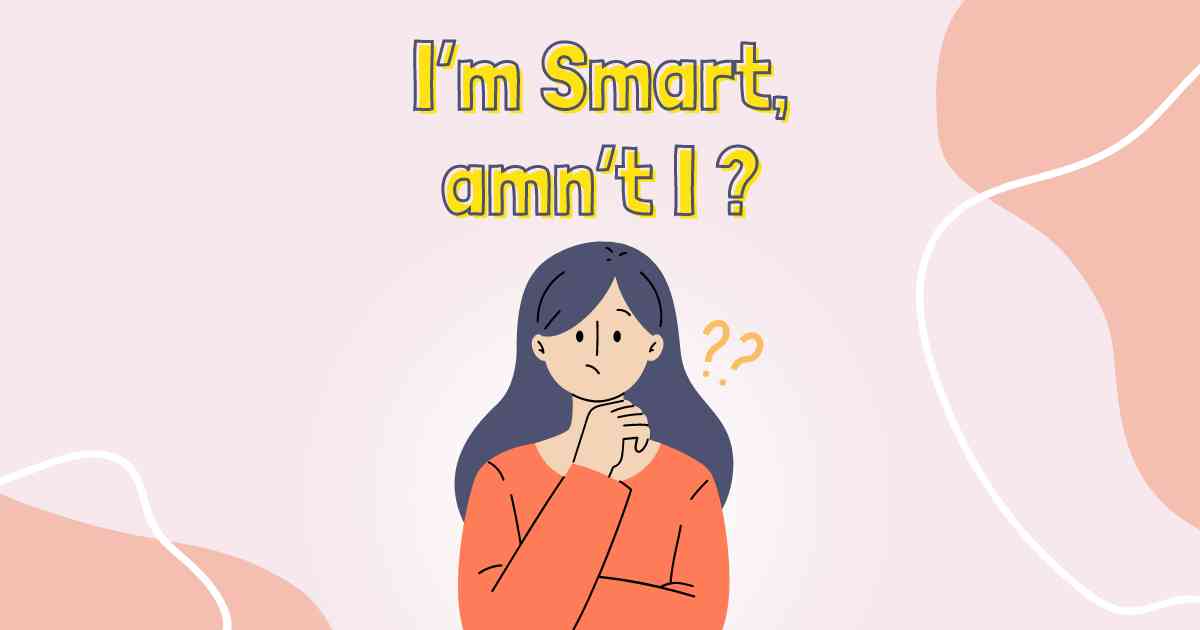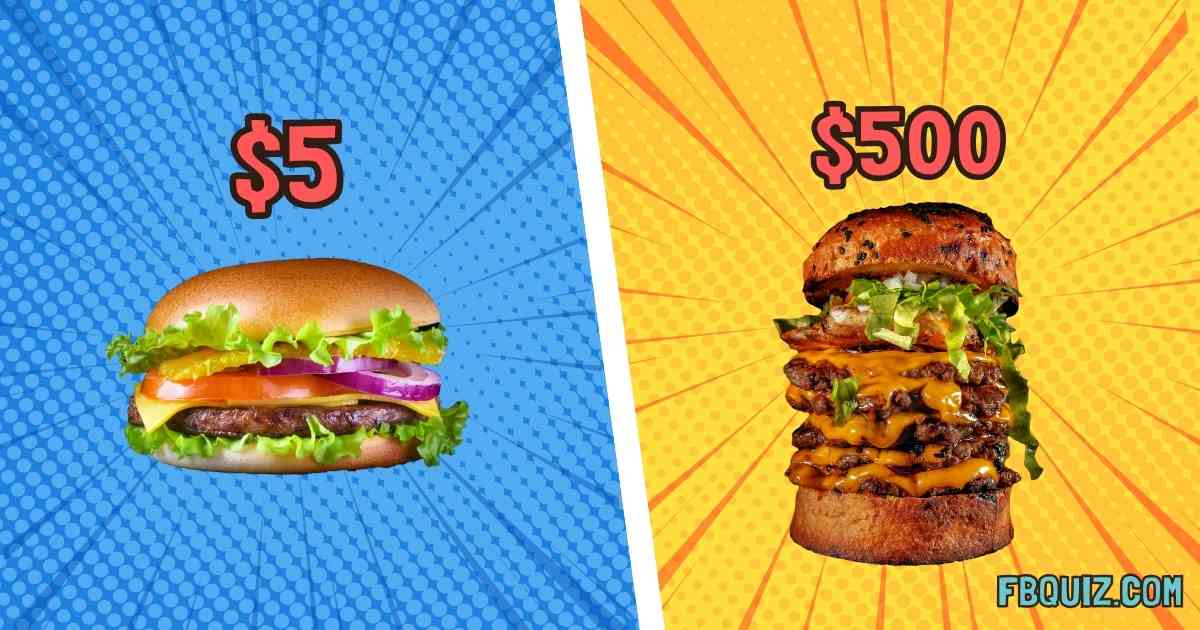Articles are a fundamental part of English grammar, and they play a crucial role in conveying meaning and clarity in sentences. There are two types of articles in English: definite and indefinite. Understanding how to use them correctly is essential for fluent and accurate communication.
| Pos. | Name | Points |
|---|---|---|
| There is no data yet |
Types of Articles
- Definite Article: “The”
- Indefinite Articles: “A” and “An”
The Definite Article: “The”
The definite article “the” is used to refer to a specific noun that is known to both the speaker and the listener. It can be used with singular, plural, and uncountable nouns.
| Pos. | Name | Points |
|---|---|---|
| There is no data yet |
When to Use “The”:
Specific Reference
Example: “Please close the door.” (referring to a specific door)
Previously Mentioned Nouns
Example: “I saw a cat. The cat was sleeping.” (cat is now specific)
Unique Objects
Example: “The sun is shining.” (there is only one sun)
Geographical Names
Example: “The Amazon River,” “The Himalayas”
Superlatives and Ordinals
Example: “The best student,” “The first prize”
More Examples:
- “Can you pass me the salt?”
- “The book on the table is mine.”
- “We went to the best restaurant in town.”
| Pos. | Name | Points |
|---|---|---|
| There is no data yet |
The Indefinite Articles: “A” and “An”
The indefinite articles “a” and “an” are used to refer to a non-specific noun. They are used when the noun is mentioned for the first time or when it is one of many possible nouns.
When to Use “A” and “An”:
First Mention
Example: “I saw a dog.” (introducing a dog for the first time)
Any One of Many
Example: “A doctor can help you.” (any doctor, not a specific one)
| Pos. | Name | Points |
|---|---|---|
| There is no data yet |
Choosing Between “A” and “An”:
“A” is used before words that begin with a consonant sound.
Example: “a cat,” “a university” (because “university” starts with a “yu” sound)
“An” is used before words that begin with a vowel sound.
Example: “an apple,” “an hour” (because “hour” starts with an “ow” sound)
More Examples:
- “She wants to buy a car.”
- “He ate an apple for breakfast.”
- “I need a notebook.”
Special Cases and Exceptions
Uncountable Nouns
- Uncountable nouns do not use “a” or “an” but can use “the” if specified.
- Example: “I need water.” / “Can you pass me the water?”
Plural Nouns
- Plural nouns do not use “a” or “an,” but can use “the” if specified.
- Example: “I saw birds.” / “I saw the birds in the park.”
Names
- Names of people, places, and organizations typically do not use articles, but there are exceptions.
- Example: “John is here.” / “The United States,” “The Beatles”
Zero Article
In some cases, no article is needed. This is known as the zero article. It is often used with plural and uncountable nouns when referring to them in a general sense.
When to Use Zero Article:
General Statements
Example: “Dogs are friendly.” (all dogs in general)
Abstract Nouns
Example: “Happiness is important.” (the concept of happiness)
Meals, Languages, and Subjects
Example: “I had breakfast.” / “She speaks Spanish.” / “I study history.”
More Examples:
- “Children need love.”
- “She drinks coffee every morning.”
- “Music can be soothing.”
Practical Tips for Using Articles
Listen and Read
Pay attention to how articles are used in everyday conversation, books, and media.
Practice
Write sentences and check if the articles are used correctly.
Learn Patterns
Some nouns follow specific patterns that can help you decide which article to use.
Conclusion
Mastering the use of articles in English is essential for clear and effective communication. By understanding the rules and practicing regularly, you can improve your ability to use articles correctly.
Whether you are a beginner or an advanced learner, focusing on the nuances of definite and indefinite articles will enhance your writing and speaking skills.
Keep practicing, and soon you’ll be using articles like a native English speaker!


